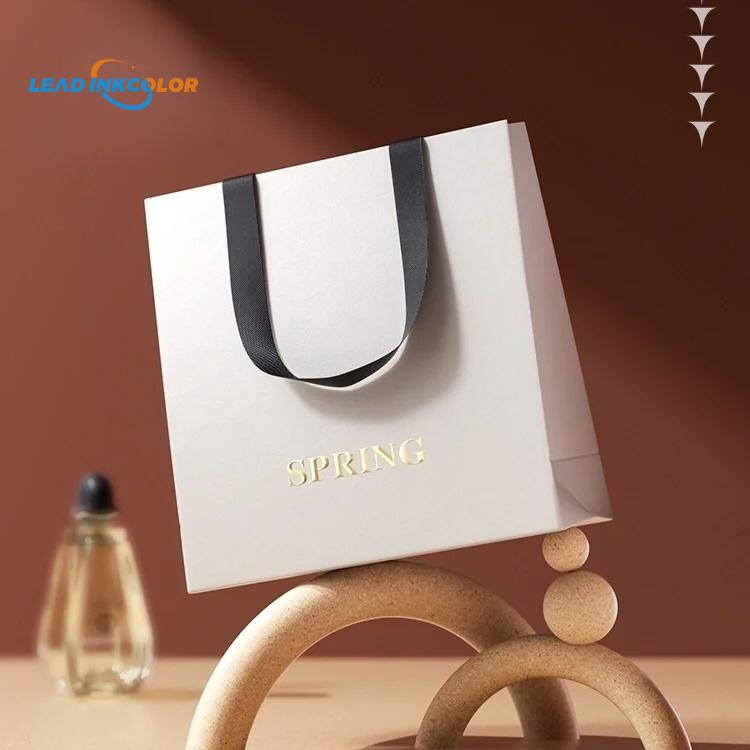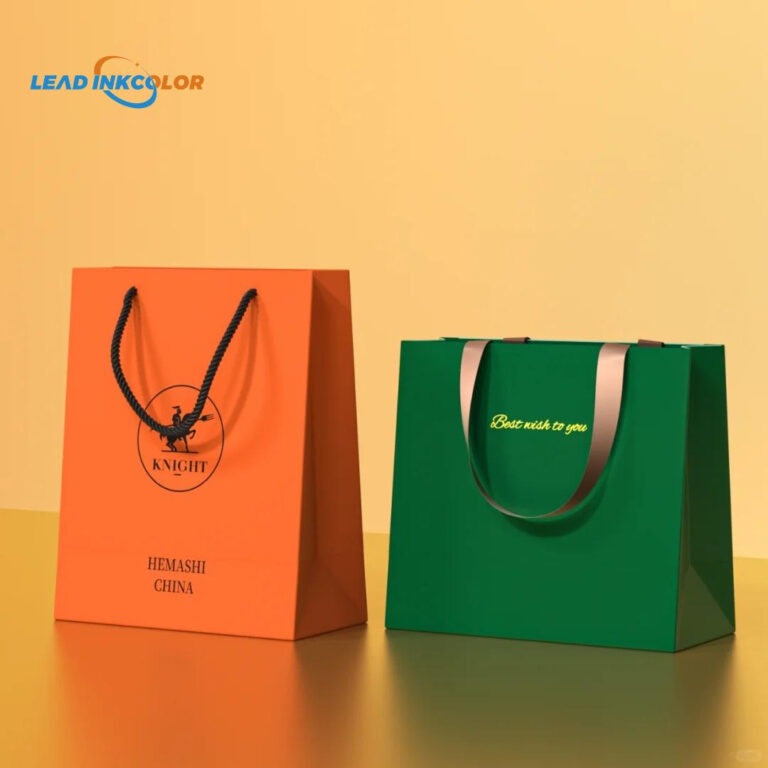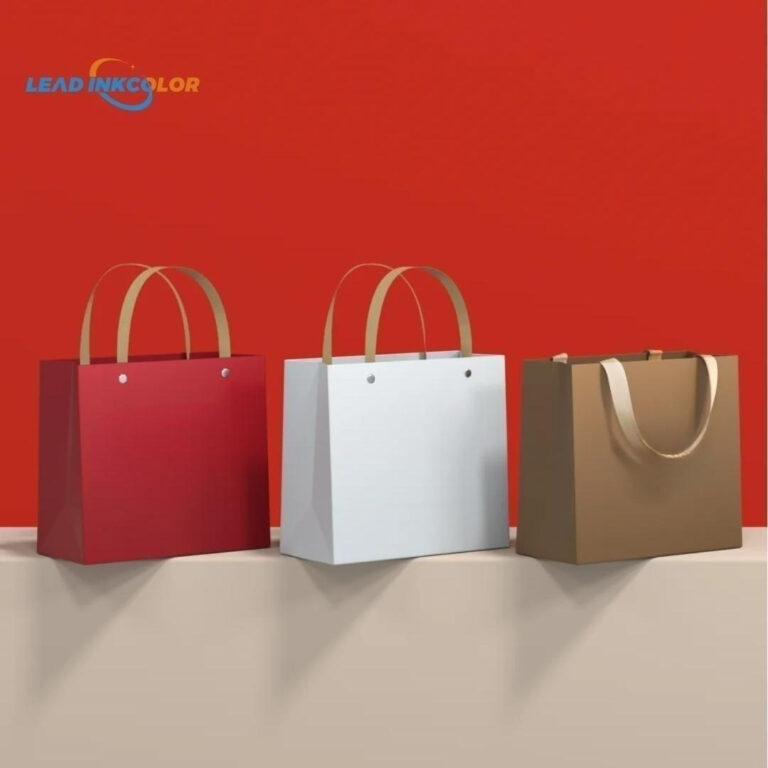-
home dongguan Houjie Industrial Park

The Art of Perfume Packaging: A Brief History
[ad_1]
The earliest recorded evidence of perfume packaging dates back to ancient Egypt around 2000 BCE. The Egyptians used intricately designed glass bottles filled with fragrant concoctions made from myrrh, cinnamon, and other exotic spices. These early perfume bottles were often crafted from materials like silver, gold, and gemstones, showcasing the wealth and status of their owners.
From ancient Egypt, the art of perfume packaging spread to ancient Greece and Rome, where perfume became an essential part of daily life. Perfume bottles were crafted from delicate glass and ceramic, often with intricate designs and shapes that reflected the perfume’s contents. The Romans even used perfume bottles as status symbols, with the most expensive and exotic fragrances reserved for the elite.
During the Middle Ages, perfume packaging took a more utilitarian approach, with perfume often stored in wooden casks or apothecary jars. It wasn’t until the 18th century that perfume packaging began to evolve, with the introduction of glass flacons and ornate stoppers.
In the 19th century, the Industrial Revolution brought mass production techniques to perfume packaging, making it more accessible to the masses. Perfume bottles were now mass-produced with ornate designs, colors, and shapes, catering to the growing demand for perfumes.
Fast-forward to the 20th century, where perfume packaging became a fusion of art and technology. Perfumers began experimenting with new materials, shapes, and designs, resulting in the modern perfume bottles we see today. Glass, plastic, and HDPE (high-density polyethylene) became popular materials for perfume packaging, offering durability, affordability, and innovative designs.
In the 21st century, perfume packaging has continued to evolve, incorporating sustainable materials, minimalism, and eco-friendliness. Perfume brands now focus on reducing waste, using recyclable materials, and minimizing carbon footprints. The rise of e-commerce has also changed the game, with fragrance brands experimenting with new delivery methods, such as sampling, and subscription services.
The Art of Perfume Packaging Today
Today, perfume packaging is an intricate blend of art, design, and engineering. Perfume brands now partner with renowned artists, designers, and architects to create unique, limited-edition designs, often featuring collaborations with famous designers, artists, or luxury brands. These exclusive designs can command high prices, making them highly sought after by collectors and connoisseurs.
Some renowned perfume packaging designers include:
* René Lalique, a French perfumery and glass manufacturer, known for his exquisite glass creations
* Baccarat, a French luxury crystal producer, famous for their delicate and intricate designs
* Carolina Herrera, a Spanish fashion designer, who has created limited-edition perfumes with Hubert de Givenchy
* Jean-Charles de Castelbajac, a French perfumer and artist, known for his quirky and playful designs
Conclusion
The art of perfume packaging has come a long way, from ancient civilizations to modern times, with its rich history, evolution, and continuous innovation. Perfume packaging is no longer just a utility item but a piece of art, a status symbol, and a reflection of one’s personality. As the industry continues to evolve, we can expect more surprises, such as sustainable materials, innovative designs, and exclusive collaborations.
Frequently Asked Questions
Q: What is the most valuable perfume bottle ever sold?
A: The most valuable perfume bottle is a vintage 1920s Baccarat bottle, sold for $55,000 in 2007.
Q: Who is the most famous perfume packaging designer?
A: Jean-Charles de Castelbajac, a French perfumer and artist, is renowned for his quirky and playful designs.
Q: What is the most popular perfume packaging material?
A: Glass is the most popular material for perfume packaging, followed closely by plastic and HDPE.
Q: How do perfume brands decide on packaging design?
A: Perfume brands consult with designers, artists, and focus groups to create unique packaging that reflects the fragrance’s personality, target audience, and brand identity.
Q: Can I customize my perfume packaging?
A: Yes, some luxury perfume brands offer customization options, such as engraving, monogramming, or even bespoke packaging designs.
I hope this article has provided you with an interesting and informative journey through the world of perfume packaging. For those who appreciate the art and luxury of perfume, it’s not just about the fragrance itself, but also the beautiful packaging that holds it.
[ad_2]






